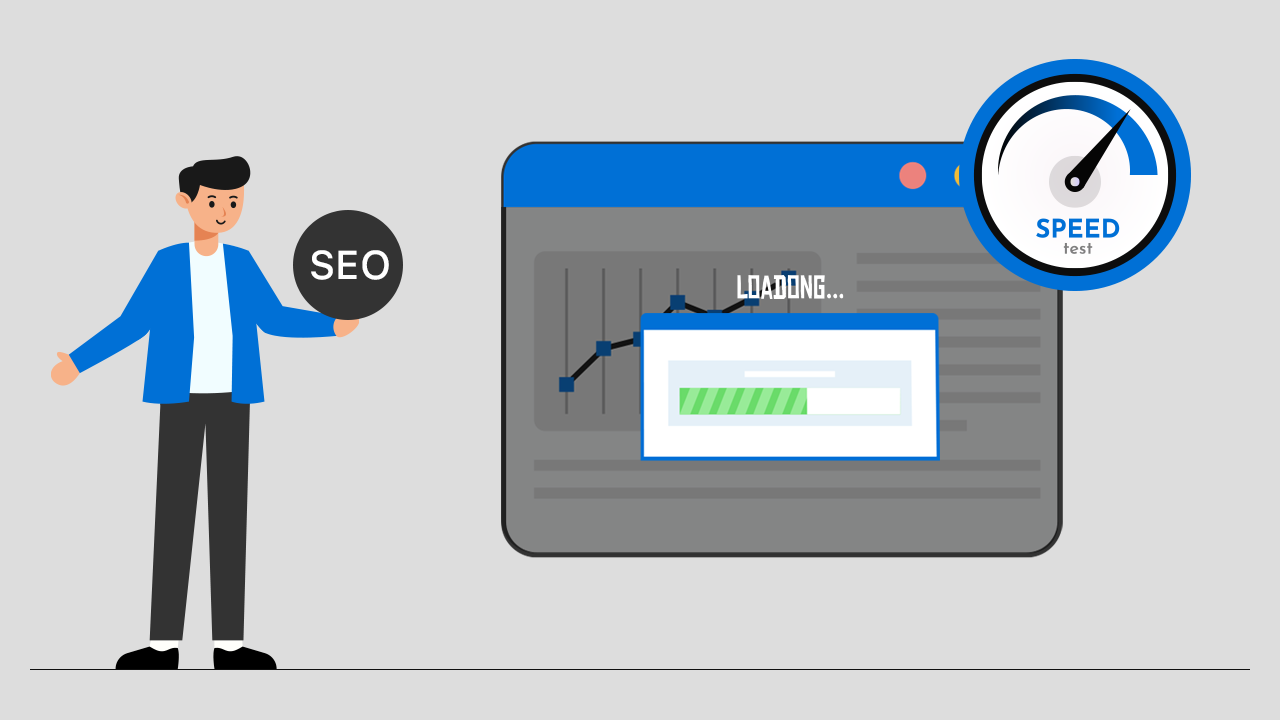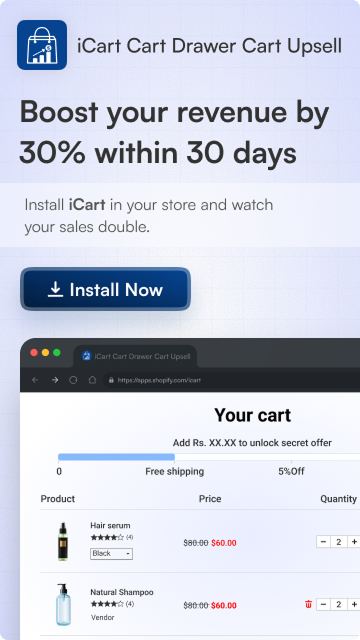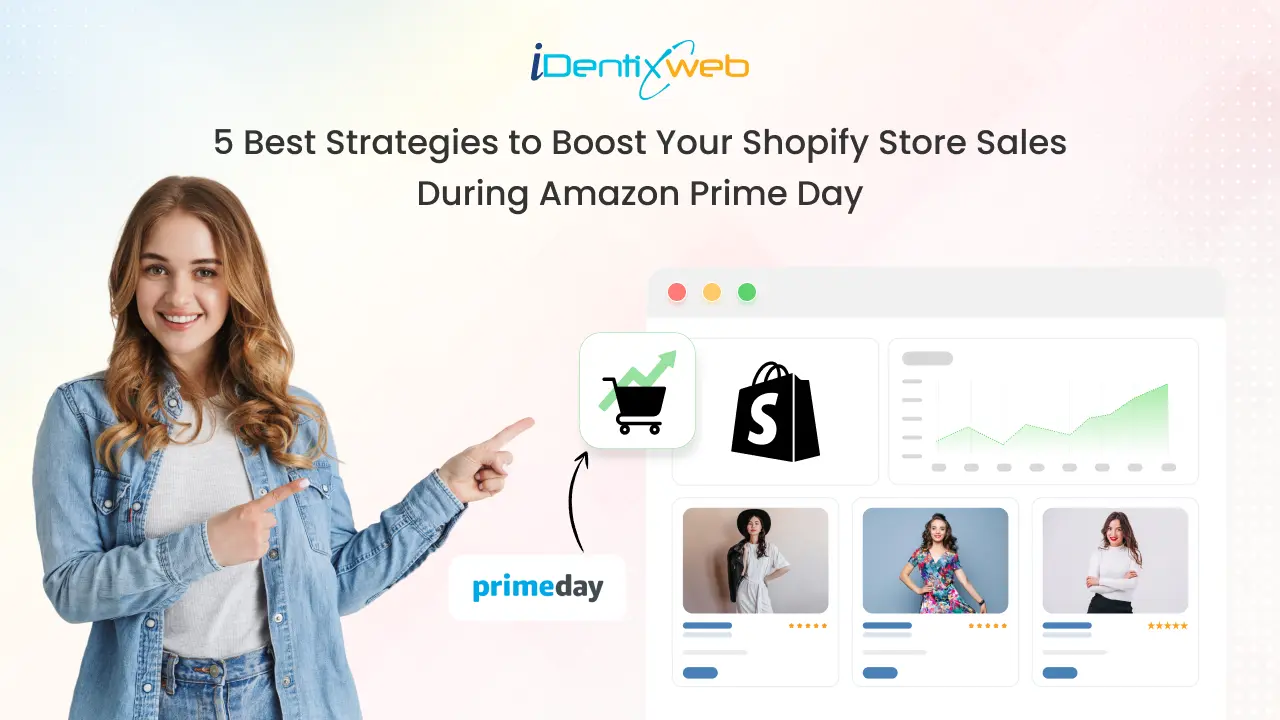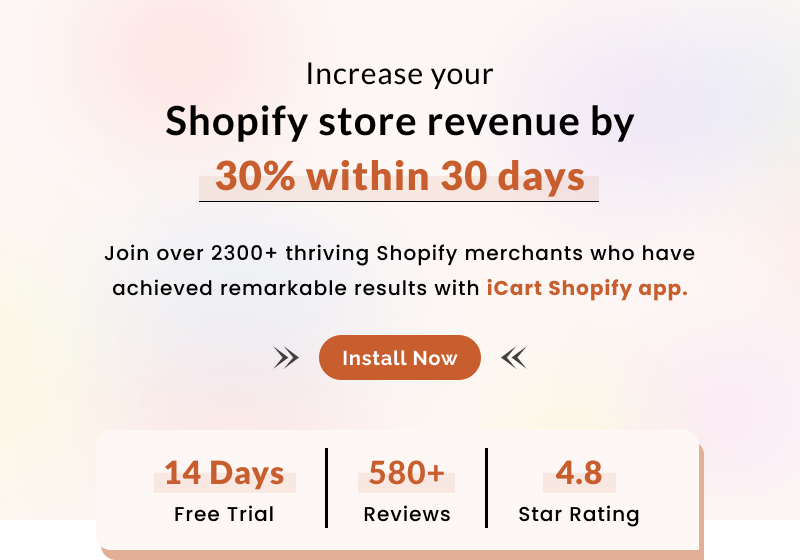Page speed is more essential for SEO than ever, especially when the elements of ranking on search pages change frequently. New business owners might not be well-aware of how important it is for SEO though it is considered one of the crucial factors in Google’s page experience ranking list.
Page speed affects organic SEO, enhances user experience, and can have a direct impact on conversion rates. The Google search system aims to improve the search experience by tracking page loading time, interaction, and visual stability when the pages load. As a result, pages with faster loading content will meet user demands faster and then rank higher. Let’s discover the significance of page speed for SEO and how to improve it to make your business skyrocket in the following article.
What Is Page Speed?
Page speed is the time a browser takes to receive the initial information batch from a server and then show it on a particular page. Since the pages that load slower have both greater bounce rates and shorter average session duration, the speed of a site might affect its overall rank. Conversions are also said to be negatively affected by slow page speed.
Bounce rates are calculated as the number of zero-second single-page sessions which are divided by the total number of page sessions on the website.
When a website has a large number of zero-second page hits, it might be assumed that users are not patient enough to wait for the website to load. Therefore, page speed optimization is a very essential aspect to focus on.
PageSpeed Insights tool is a Google tool that indicates how well a website performs regarding page speed and provides specific recommendations on how to improve it.
Professional SEOs are usually likely to delay some scripts as part of page speed optimization to allow the primary content to load faster (and improve page speed). Another alternative is to hold off publishing the rest of the content until the “user interaction” stage, which means that the sites don’t need to load animations that are below the fold right away.
Page Speed and SEO
If you want your page to have higher rankings on Google search results, it’s crucial to work on enhancing your page speed. Google’s Pagespeed Insights tool can show you how well your site will rank on search result pages.
To compete for a spot on Google’s first page, your page speed must beat out the loading times of the top 10 organic search results. If not, your website page will be relegated to Google’s second or third page, which the majority of searchers will never go to.
Page speed is important to Google search because it is a factor in identifying a site’s quality and measuring the user experience. A high ranking is given to the sites that do well in this metric. When your page speed performance is optimized, it results in more organic search traffic and then a more outstanding website overall.
While it’s simple to explain, some real figures can help you understand the influence of page speed on SEO. Backlinko, for example, did a detailed investigation of over 11.8 million Google search results and the top 10 pages’ metrics. The study’s goal was to find out which features the best-performing sites have in common.
The findings immediately confirmed what SEO professionals had suspected: page speed plays a significant effect on site ranking. Your page will rank higher in Google search results if it loads quicker. The study also covers all the pages that rank highest for a specific search term, and it’s obvious that those page owners worked hard to optimize the loading time.
The research also discovered a link between high-ranking websites and low bounce rates. Bounce rates appeared to be significantly higher on the second or third page of Google results, which was affirmed by Google’s standards for page speed. Pages having long loading times are proven to have higher bounce rates.
Source: Think with Google
The above image indicates that a page may experience a bounce rate of 90 percent if it takes more than five seconds to load. The chances of visitors leaving your webpage before it loads increase significantly with each second that passes.
So just by reducing website loading times, a page will easily rank on Google’s first page. However, achieving this goal is significantly more difficult than most people believe, since many website builders appear to overlook the significance of site speed for SEO.
How to Check Page Speed
Getting started with Google PageSpeed Insights is very easy:
- Go to Google PageSpeed Insights page
- Enter the URL of your web page
- Choose ‘Analyze’
After the page analyzed your page speed for a few seconds, it shows you a report of the overall speed score with a lot of separated categories.
There are numerous sections in the generated report:
- Performance Score: The general score
- Field Data: If accessible, real-world statistics of Google.
- Origin Summary: Core Web Vitals overall.
- Lab Data: Lighthouse’s data.
- Opportunities: Recommendations for how to fasten the page loading.
- Diagnostics: More details about the application’s performance.
You can switch between the desktop and mobile versions of the analysis, which is useful for user experience optimization. If you have a web application that is only available on a desktop, you may choose to disregard the performance report on mobile and mainly concentrate on the desktop version.
The opportunities section of the report is usually the most useful because it contains specific suggestions for enhancing speed performance.
There are several elements you need to optimize for your website’s speed performance. It’s suggested that you get started with the largest items.
You may need to optimize several elements to improve the performance of your page speed. It’s highly recommended to start with the heaviest element.
Ways to Improve Page Speed
You can speed up your site’s loading time by various methods. The following are the most popular and effective, and they even work for non-coders who have little coding knowledge:
Image optimization
When you run a Shopify store, your site will have hundreds or even thousands of product images, which will take up the majority of your server’s resources. Increasing the speed of your page by optimizing those images would be a huge help.
Compressing images is one of the most common and simple ways to optimize them. Yet, some may worry if compression would degrade image quality; the answer is yes, but it depends on how you do it. You can utilize some tools and extensions to save time and effort in doing this. They can reduce the weight of your website by up to 50%, which may result in a significant increase in load speed.
Another way to enhance loading time is to use the right image format. JPEG images are usually “lighter” than PNG images, but PNG files perform better if you need an image that has a quick shift between colors that maintains sharpness. Besides, when it comes to transparent images, PNG files have an advantage over JPEG files. Moreover, the GIF format has a specific purpose which is to support animation formats, whereas the two preceding formats do not. However, as you might understand, this format is quite heavy, therefore it should only be used on exceptional occasions.
Redirect reduction
Redirect is the technique of taking a visitor from one place to another. Since redirects slow down the site loading, it’s time-consuming to go to one location only to be taken to another. When customers have to go back and forth too much, lots of redirects can be off-putting, especially for mobile users.
There are various reasons to utilize redirects, and they can be useful at times, but try to eliminate the ones that aren’t necessary because the fewer you have, the faster your site will load. Furthermore, Google advises that each page should only have one redirect to the ultimate landing page. It’s also crucial to choose the right redirect:
+ When you remove old content and want to link to a new one, choose permanent redirect (301), and when you want to make a temporary change, choose temporary redirect (302).
+ The primary difference between these two types is that JavaScript redirect causes server-side delays, whereas HTTP redirect causes client-side delays; nevertheless, Googlebot accepts both.
HTTP requests reduction
When one visits your site, their web browser uses the HTTP protocol to request particular files from your server, including HTML, CSS, and JavaScript. Minimizing these files can reduce HTTP requests, preventing your website from being slower.
You can use the following strategies to deal with it:
- Integrate HTML, CSS and JS scripts
- Use CSS in place of images
- Lessen the number of elements on each page
- Have a caching tool/plugin
If you have a Shopify app store, many tools are helping you speed up your web page. An outstanding one is SEO Booster, which helps you not only reduce HTML, CSS, and JS codes but also optimize all your images perfectly.
Less plugin
Getting rid of superfluous plugins is a quick method to enhance page speed because each plugin requires its own set of resources to function. If you take a quick look at all of your plugins and discover something you don’t need or aren’t using, just deactivate or delete it. However, the quantity of plugins isn’t the only factor to consider; a website having 20 plugins may still load faster than one with 10, and the quality of those plugins is crucial. For instance, extensions of social media buttons may slow down your page, therefore you should consider including them in your website theme or not.
Besides slowing down your website’s load time, having a lot of plugins increases the risk of security problems or crashes.
Conclusion
Since SEO is constantly changing, it’s crucial to keep sites functioning smoothly, check for issues regularly, and stay updated with the current situation to better improve the searcher experience on the page. Page speed is an important factor not only in page experience but also in SEO checklists; therefore, make sure your website’s loading speed is as well-optimized as possible.













Another very important point on SEO is the optimization and compression of images on the site. Here is an interesting article on this topic: Image SEO Optimization
Thanks for the additional information 🙂
This was a very informative blog and I really enjoyed reading it. But I also have a few points regarding it to discuss with you.
In today’s internet world, website speed is becoming more and more important as time goes on. Businesses of all shapes and sizes want their websites to load faster because if your website takes too long to load, they will leave without taking the time to explore what you have to offer.
Here are some of the facts on “why is the speed of the website extremely important?”.
1. Affects your Google rank
2. Increase in Conversions
3. Decrease in Bounce rate
To check the full list of tips, visit – https://blog.alakmalak.com/why-is-the-speed-of-your-website-incredibly-important/?utm_source=identixweb&utm_medium=seo-q&utm_campaign=julia